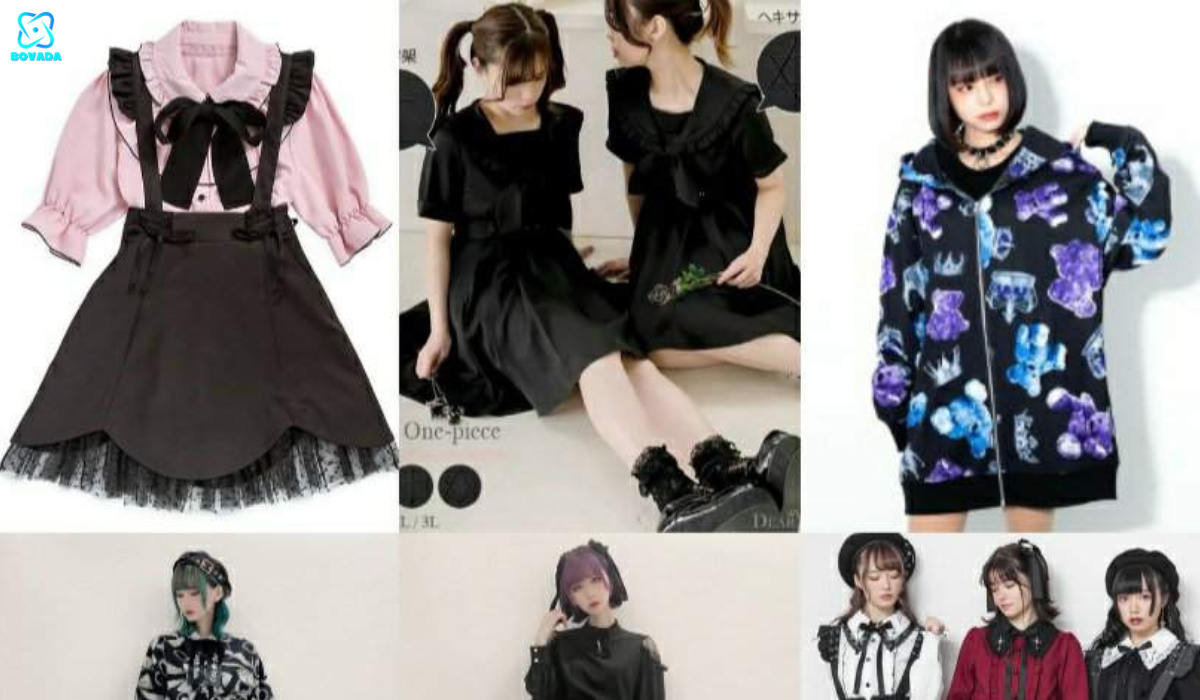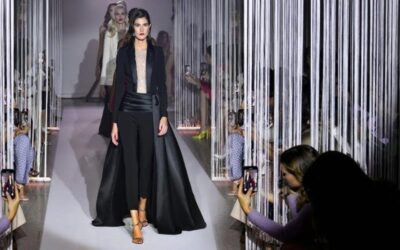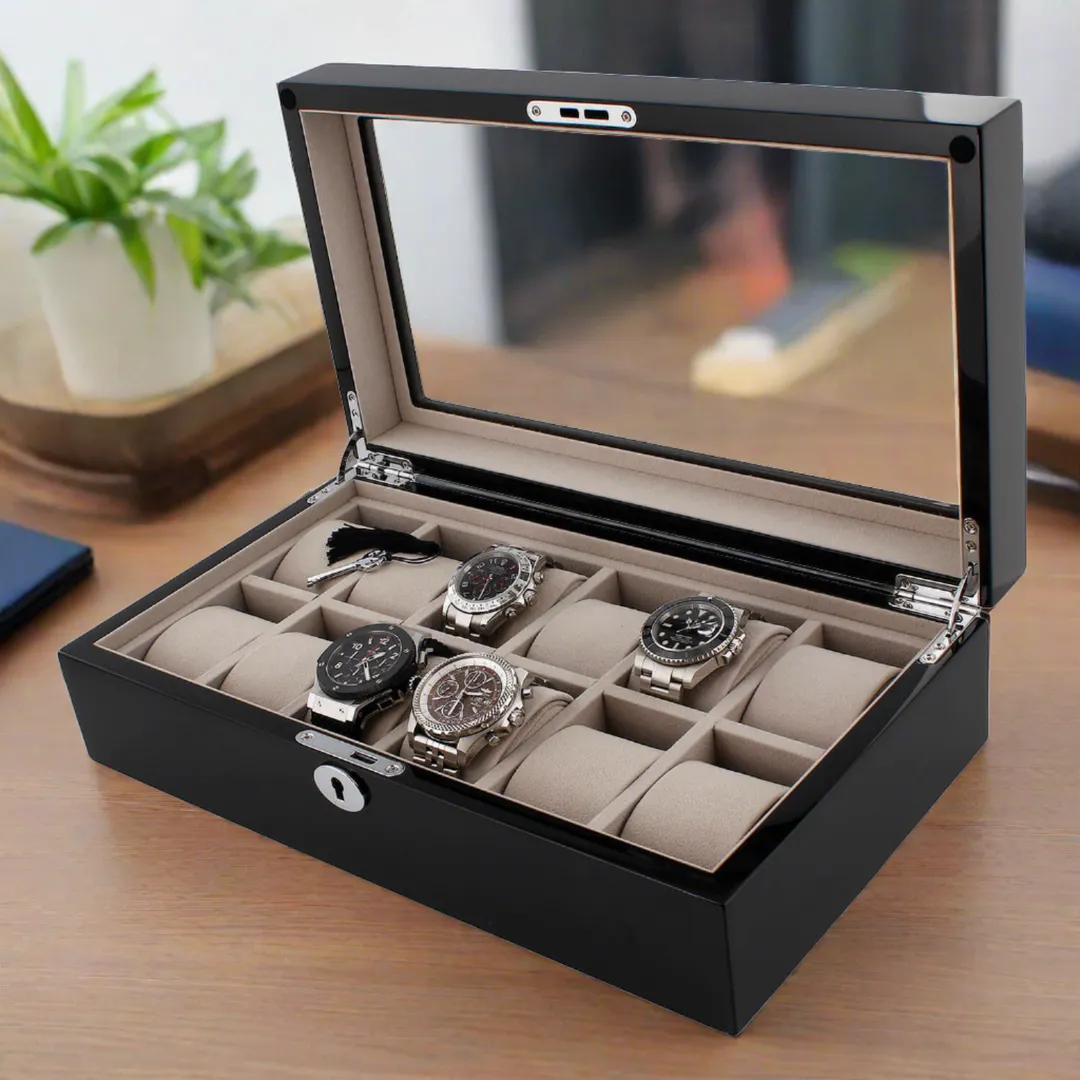Ryousangata Fashion: A Dive into Japan’s Aesthetic Tradition

Introduction to ryousangata fashion
Design is a worldwide language, a method for communicating singularity and social legacy. One of the most fascinating and outwardly enrapturing styles is the “Ryousangata fashion” an exceptional style development that began in Japan. This style, while well established in Japanese customs, has developed to epitomize present-day impacts, making it a captivating subject for design devotees around the world. How about we dig into the quintessence of Ryousangata style, its beginnings, its effect on contemporary design, and how you can integrate it into your closet?
The Essence of Ryousangata Fashion
Ryousangata style is described by its fastidious scrupulousness, dynamic tones, and an agreeable mix of customary and current components. The expression “Ryousangata” generally means “great style” or “very much planned” in English, embodying the tasteful quest for equilibrium and excellence. This design style isn’t just about clothing; an imaginative articulation includes extras, haircuts, and even way-of-life decisions.
Historical Roots of Ryousangata Fashion
The foundations of the Ryousangata style can be followed back to the Edo time frame (1603-1868) when Japan encountered a social renaissance. During this period, the samurai class, traders, and craftsmen fostered a sharp feeling of style, which was reflected in their dress. Customary articles of clothing like kimonos, hakama, and obi belts were fastidiously created and enhanced with many-sided examples and varieties, setting the establishment for what might ultimately become Ryousangata design.
Influence of Traditional Japanese Garments
Traditional Japanese garments play a pivotal role in Ryousangata fashion. The kimono, with its exquisite outline and rich history, is a staple. Nonetheless, the Ryousangata style rethinks the kimono by integrating current textures, awry plans, and contemporary frills. This combination makes an extraordinary look that honors custom while embracing Baddiehub.
Modern Ryousangata: A Fusion of Old and New
In contemporary fashion, Ryousangata has evolved to include elements of Western fashion. Originators like Yohji Yamamoto and Rei Kawakubo have been instrumental in this development, mixing customary Japanese feel with cutting-edge plans. This mixture brings about dresses that are both ageless and bleeding edge, interesting to stylish people across the globe.
The Aesthetic Principles of Ryousangata
At the heart of Ryousangata fashion are several aesthetic principles:
Equilibrium and Concordance: Each outfit means to accomplish an amicable harmony between various components, whether it’s the varieties, examples, or surfaces.
Meticulousness: Mind-boggling weaving, hand-painted textures, and painstakingly chosen frills are signs of this style.
Style and Effortlessness: While Ryousangata’s design can be elaborate, it additionally underscores straightforwardness and tastefulness, frequently found in the downplayed at this point complex plans.
Key Elements of Ryousangata Fashion
To truly embrace Ryousangata fashion, certain elements are essential:
Layering: Layering is a huge viewpoint, frequently including different pieces of clothing that make profundity and surface.
Strong Examples and Tones: Customary Japanese themes like cherry blooms, cranes, and waves are regularly utilized, alongside striking and differentiating colors.
Quality Fabrics: Silk, linen, and high-quality cotton are preferred materials, reflecting the importance of quality in Ryousangata fashion.
Incorporating Ryousangata Fashion into Your Wardrobe
You don’t have to live in Japan to incorporate Ryousangata fashion into your everyday style. Here are some tips:
Begin with Frill: Consolidate customary Japanese adornments like obi belts, and tabi socks, and get shoes into your outfits.
Blend and Match: Join customary components with present-day pieces. For instance, match a kimono-style coat with pants and a basic shirt.
Embrace Examples: Feel free to explore different avenues regarding intense examples and varieties. Look for garments with traditional Japanese motifs and mix them with neutral pieces.
Ryousangata Fashion in Popular Culture
Ryousangata design has advanced into mainstream society, affecting everything from streetwear to high form. Japanese mainstream society, including anime and manga, frequently exhibits characters in Ryousangata-propelled outfits, further advocating the style.
Sustainability and Ryousangata Fashion
Lately, there has been a developing spotlight on manageability in style. Ryousangata style, with its accentuation on quality and life span, adjusts well to this development. Putting resources into top-caliber, immortal pieces lessens the requirement for quick design, advancing a more reasonable way to deal with dress.
The Future of Ryousangata Fashion
As the design business keeps on developing, the”Ryousangata” style remains a demonstration of the perseverance through allure of mixing custom with development. With expanding worldwide interest, this style is ready to impact future styles, empowering a more profound appreciation for social legacy and fastidious craftsmanship.
Conclusion
Ryousangata style is something other than a pattern; it’s a festival of Japanese culture and feel. By mixing conventional components with contemporary plans, it offers a one-of-a-kind and immortal style that resounds with design devotees around the world. Whether you’re hoping to integrate a dash of Japan into your closet or basically value the masterfulness behind this design development, the “Ryousangata fashion” brings something to the table for everybody.
FAQs
1. What does “Ryousangata” mean?
Ryousangata translates to “good style” or “well-designed,” reflecting the balance and beauty sought in this fashion style.
2. How can I start incorporating Ryousangata fashion into my wardrobe?
Begin with accessories like obi belts and tabi socks, and gradually mix traditional pieces with modern clothing.











